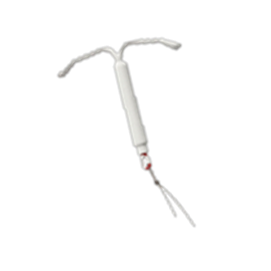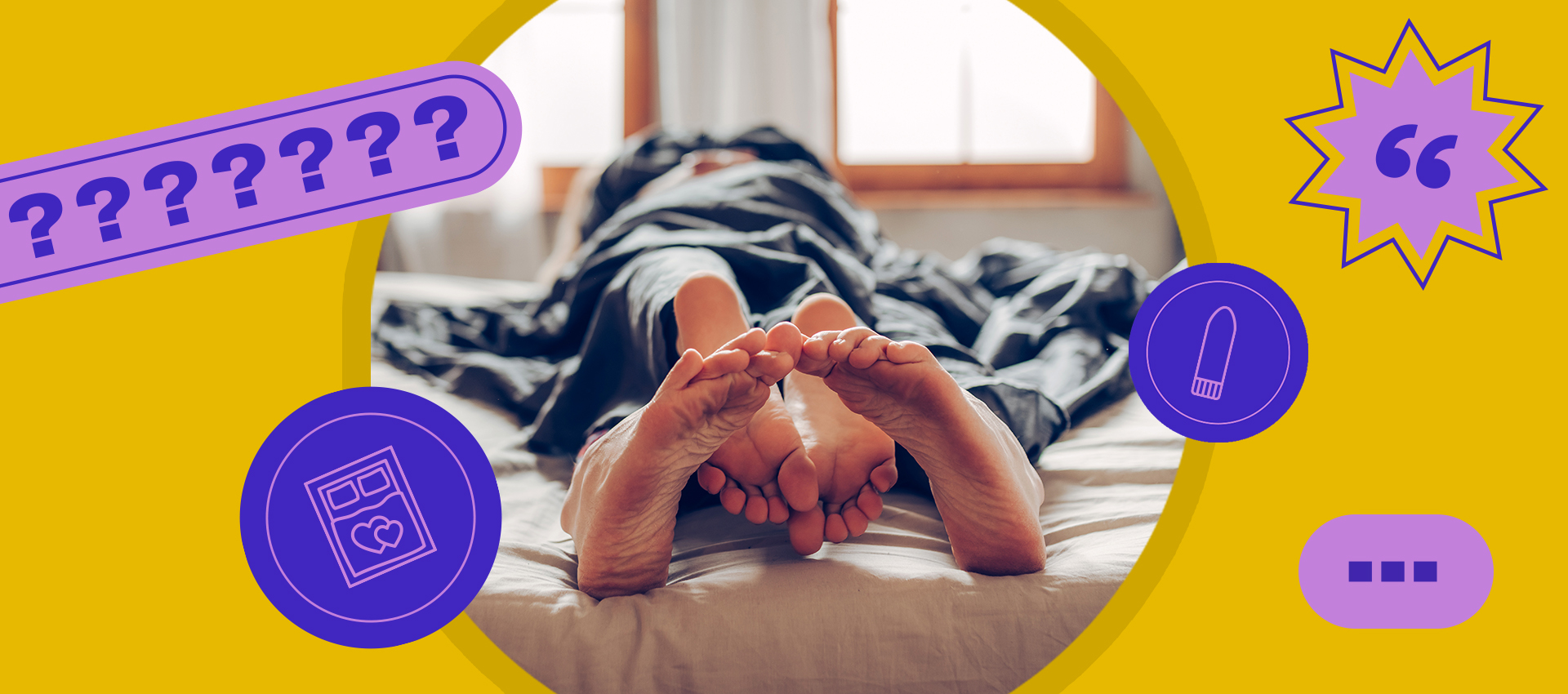Long lasting, won’t interrupt the moment, hormonal or non-hormonal

IUD (intrauterine device) is a tiny t-shaped device that is placed inside your uterus. Non-hormonal IUDs work by limiting the movement of sperm to stop it from reaching an egg. Hormonal IUDs also limit the movement of sperm, but also releases hormones that prevents your ovaries from releasing an egg every month and by thickening your cervical mucus to block sperm from getting to an egg. There are 5 types of IUDs in the U.S.: Mirena, ParaGard (non- hormonal), Skyla, LILETTA, and Kyleena.
Pros
- Easy to use
- Effective
- Doesn’t interrupt the heat of the moment
- Total privacy – no one will know unless you tell them
- Long lasting – can last up to 10 years for some IUDs
- The ParaGard IUD doesn’t change your hormone levels
- Hormonal IUDs (Mirena, LILETTA, Keyleena, and Skyla) may reduce cramps and make your period lighter or even stop
- You can use it while you’re breastfeeding
- Can be used with some barrier methods
Cons
- Doesn’t protect against STIs, including HIV
- Inserting the IUD may cause discomfort
- Spotting between periods
- Increased period flow
- Cramps and backaches
- IUD slipping out
- Infection
How to Use
To get an IUD, you will need to talk to your healthcare provider to see if the IUD is right for you and which IUD would be best. You will also receive an exam and take a pregnancy test before getting it inserted. The IUD can be inserted at any time of the month. Sometimes healthcare providers like to insert it during your period. It’s common to feel some cramping or dizziness when getting an IUD inserted. Once it is inserted, there will be little strings that hang down into your vagina. You will just need to check the string ends once in a while to make sure the IUD has not moved out of place (or have your healthcare provider to check it yearly). If you can feel the hard part of the IUD you may need to have your healthcare provider replace it.
Effort
The IUD is hands free, all you have to do is get it inserted by your healthcare provider! Once it is inserted you don’t have to worry about it for years, depending on which IUD you get. Every once in a while, you should check to see if you can feel the string ends to make sure it’s in still in place. But don’t tug on the strings! This may move them out of place.
Effectiveness
The IUD is one of the most effective forms of birth control. It is 99% effective.
Side Effects
The most common side effects with the IUD include spotting between periods, increased period flow, cramps, backaches, IUD slipping out, and infection. It can take some time for your body to adjust to new hormones. If you are still feeling uncomfortable after 3 months, talk to your healthcare provider about switching methods.
Pregnancy
You can become pregnant very quickly after you have the IUD removed. If you’re not ready to become pregnant right after getting the IUD removed, use another method right away.
How to Get
The IUD requires a healthcare provider to insert. If you don’t have a healthcare provider, find a family planning clinic near you.
Cost
You may qualify for free or discounted costs. To find out if you qualify, find a healthcare provider near you.



